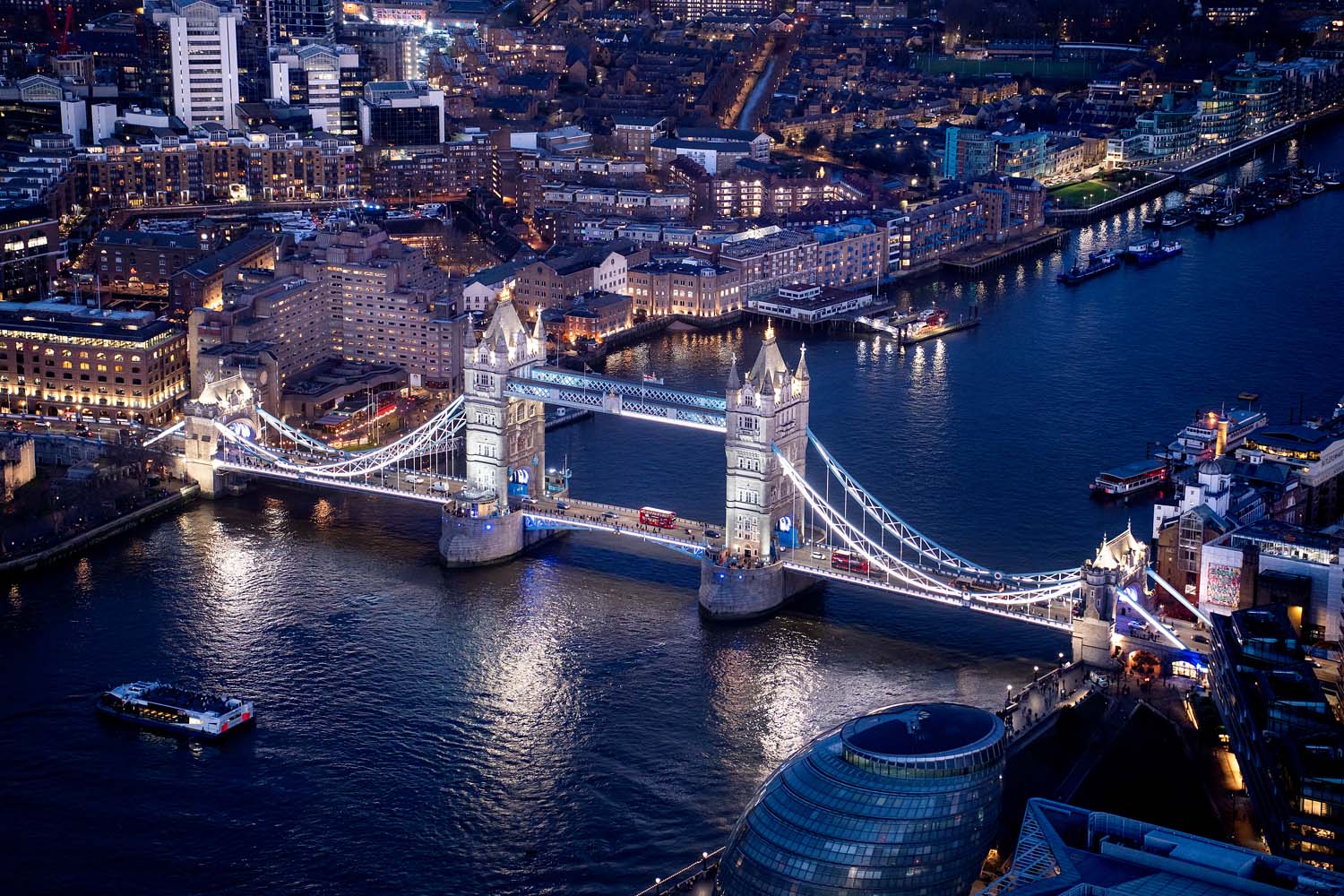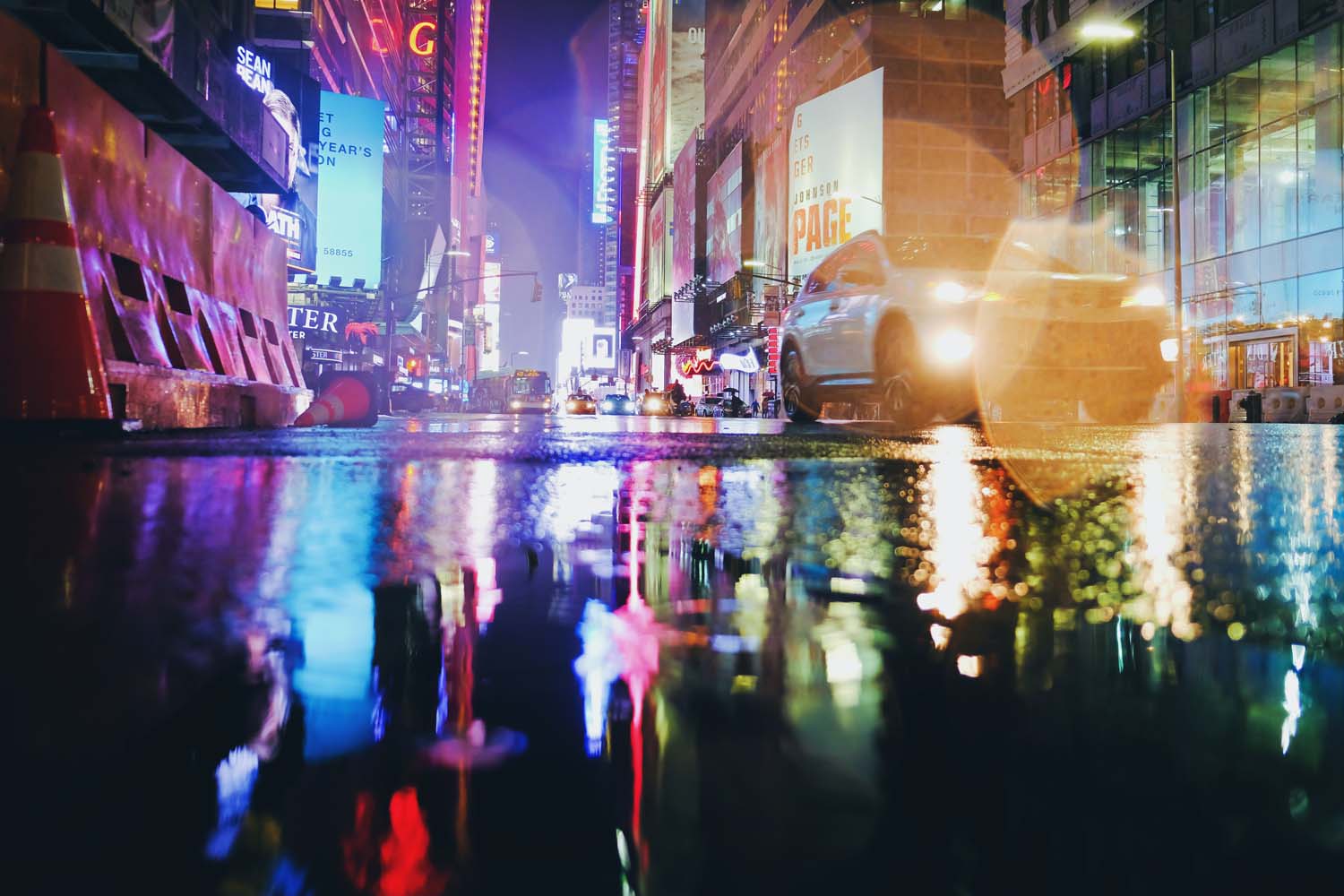
Apr 30, 2025
Perfect Night Shots

The Best Gear for Stunning Photos
Night photography captivates with its unique lighting and magical atmosphere. From illuminated street scenes to sparkling starry skies – the night offers countless fascinating subjects. But to capture these moments at their best, you’ll need cameras and lenses that perform exceptionally well in low-light conditions.
The Right Camera for Night Photography
Sensor Size
Sensor size plays a key role in how well a camera performs in low-light conditions. Full-frame cameras have a clear advantage here – they capture more light, resulting in sharper images with less noise, even in challenging lighting. APS-C cameras can also deliver solid results, especially with today’s advanced technology.
A larger sensor allows you to shoot at lower ISO settings, even at night, which helps minimize image noise – a crucial factor for long exposures.
High ISO Performance
Another key factor is how well your camera performs at high ISO settings. Cameras with an ISO sensitivity of 6400 or higher are ideal for night photography. Many modern models feature advanced noise reduction algorithms that help preserve detail even at elevated ISO levels.
Keep in mind that being able to manually adjust your ISO gives you greater control over the final image. It’s often worth experimenting with different ISO settings to find the perfect balance for your shot.
The Best Lenses for Night Photography
Fast Lenses
A fast lens with a wide aperture (such as f/1.4 or f/2.8) is essential for night photography. A larger aperture allows more light to reach the sensor, enabling shorter exposure times and reducing the risk of camera shake.
Fast lenses are especially useful for nighttime portrait photography, as they help isolate the subject and create an appealing bokeh effect in the background.
Wide-Angle Lenses
Wide-angle lenses are especially well-suited for landscapes or urban scenes. They capture a broad field of view and make the most of the available ambient light. A 24mm wide-angle lens, for example, is ideal for framing buildings and streetlights in a balanced, cohesive shot.
Specialized ultra-wide or fisheye lenses can also create striking effects – particularly in architectural photography or when experimenting with creative long exposures.
Telephoto Lenses for Striking Night Scenes
Telephoto lenses can also play an important role in night photography. They’re especially useful in astrophotography, where longer focal lengths help capture detailed shots of the moon or specific constellations. To get the best results, look for lenses with a wide maximum aperture (such as f/2.8 or faster), so you can effectively capture even faint light sources.
Tripod and Accessories for Night Photography
A sturdy tripod is essential for night photography. Since exposure times often last several seconds, a tripod keeps the camera stable and prevents motion blur caused by even the slightest shake.
Remote Shutter Release
A remote shutter release – or simply using the camera’s self-timer – helps prevent unwanted shake caused by pressing the shutter button.
ND and Graduated ND Filters
Although neutral density (ND) filters are typically used in daylight, they can also be useful at night to soften bright light sources and enable creative long exposures. This is especially effective when photographing moving elements like cars or flowing water.
Flashlights and LED Lights
A small flashlight or LED light can help you adjust your camera settings in dark environments or add creative light accents to your scene.
Planning Apps
Plan your night shoots with apps like PhotoPills or Stellarium, which help you predict the movement of the moon and constellations. That way, you can be in the right place at exactly the right time.

Techniques for Perfect Night Shots
Long exposures: Use slow shutter speeds to capture light trails from cars or create dramatic effects in urban environments.
Manual focus: Autofocus often struggles in low light. Switch to manual focus for precise control over your subject.
Adjust white balance: Play with white balance settings to intentionally create warm or cool lighting moods.
Multiple exposures: Combine different exposures to bring out detail in both shadows and highlights (HDR technique).
Conclusion: Mastering the Magic of Night Photography
With the right gear and techniques, you can capture the magic of the night and achieve truly stunning results. Experiment with different apertures and exposure times to find the look you’re going for. Post-processing can help you bring out the best in your shots by enhancing details and refining the mood. Tools like Adobe Lightroom or Photoshop are great for optimizing colors and reducing image noise.
Whether you’re photographing star-filled skies, vibrant cityscapes, or getting creative with light painting – with these tips, you’ll be well on your way to capturing the perfect night shot.
TAMRON products mentioned in this article
20mm F/2.8 Di III OSD M1:2
Model F050
20-40mm F/2.8 Di III VXD
Model A062
SP 35 mm F/1.4 Di USD
Model F045
28-75mm F/2.8 Di III VXD G2
Model A063
17-70mm F/2.8 Di III-A VC RXD
Model B070